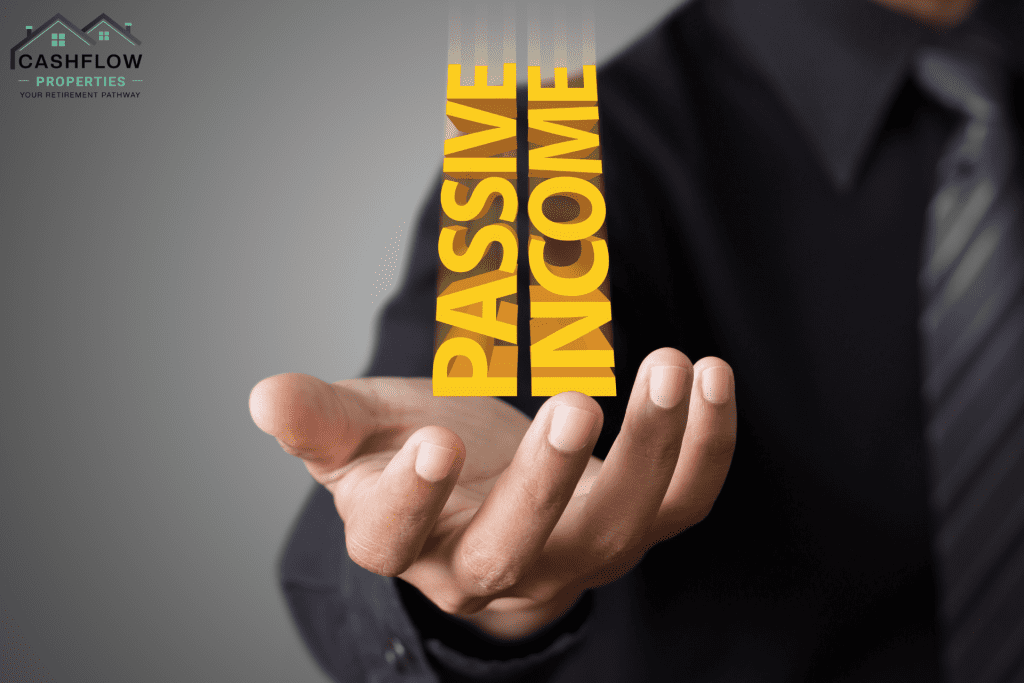
The Australian property market has long been a topic of debate, with some questioning whether real estate remains a viable investment option amid rising interest rates, economic shifts, and fluctuating property values. Yet, despite these challenges, savvy investors continue to buy properties, demonstrating unwavering confidence in the market. Their approach is not dictated by short-term trends or economic uncertainties but by a deep understanding of how property investment serves as a long-term wealth-building tool. These investors recognize that real estate offers a unique combination of stability, capital appreciation, and passive income potential, making it one of the most effective avenues for financial growth and early retirement. But what exactly sets them apart? Let’s explore the key reasons why smart individuals keep buying properties and how you can adopt their mindset to secure your financial future.
Property Debt is Good Debt and Claimable
Not all debt is bad. Unlike consumer debt, which depreciates in value (such as credit card debt or car loans), property debt is classified as ‘good debt’ because it funds an appreciating asset. More importantly, in Australia, investment property loans come with tax benefits, making them even more attractive.
Property investors can claim deductions on loan interest, depreciation, property management fees, insurance, and maintenance costs. According to the Australian Taxation Office (ATO), landlords claimed over $50 billion in rental deductions in the 2021-22 financial year, highlighting how investors legally reduce taxable income while building wealth.
Additionally, negative gearing allows investors to offset losses against other income, making it an effective strategy for high-income earners looking to minimize tax while holding appreciating assets.
Property is an Appreciating Asset
Historically, Australian real estate has shown consistent long-term growth. According to CoreLogic’s data, national property values have increased by an average of 5.5% per annum over the past few years. Despite temporary downturns, property prices have consistently rebounded, rewarding those who adopt a buy-and-hold strategy.
In Sydney, for instance, the median house price in 1980 was around $76,500. Fast forward to 2023, and that figure has surged to over $1.4 million. Melbourne follows a similar trajectory, reinforcing the long-term growth potential of real estate.
Smart investors know that even during economic downturns, property eventually recovers and appreciates. Unlike shares, which can be volatile and influenced by global markets, real estate provides stability and tangible value.
Long-Term Thinking: Building Wealth for 10 to 20 Years
While many get caught up in short-term market movements, smart investors take a 10 to 20-year perspective. Their focus is not on immediate gains but on long-term wealth accumulation.
Buying property today means securing an appreciating asset that will be worth significantly more in the future. Many investors use strategies like refinancing and leveraging equity to acquire additional properties over time, multiplying their wealth-building potential.
A key advantage of this mindset is the power of compound growth. If a property appreciates by 5% annually, an initial $500,000 investment could be worth $1.6 million in 20 years, all while generating rental income. The earlier you start, the greater the compounding effect.
They Focus on End Goals, Not Hurdles
Interest rate hikes, temporary price stagnation, or regulatory changes do not deter smart investors. They understand that markets move in cycles, and short-term setbacks are merely bumps in the road.
For instance, when interest rates increased in 2023, many fearful investors paused their property plans. However, history shows that rates fluctuate over time. The key is to structure finances wisely—locking in fixed rates during low periods or using offset accounts to reduce interest burdens.
Experienced investors Bharat Patel know that timing the market perfectly is nearly impossible. Instead, they buy when they can afford to and hold for the long term, allowing their assets to appreciate despite short-term uncertainties.
‘I could not purchase 30+ properties if I stuck on my hurdles from property 1 to 2 and so on,” Mr. Patel said.
Passive Income: Leaving the 9-to-5 Job Behind

Perhaps the biggest reason smart investors keep buying properties is the ability to generate passive income. Over time, as loan balances decrease and rental yields increase, property owners find themselves with surplus cash flow—known as net rental income.
Consider this example:
An investor owns five properties, each generating $20,000 per year in rental income after expenses . That’s $150,000 in passive income annually—enough to comfortably leave a traditional job or business.
This strategy enables investors to achieve financial freedom, travel, spend time with family, or even retire early. In fact, many Australians in their 40s and 50s have built multi-property portfolios, replacing their active income with passive rental income and living life on their terms.
Why You Should Consider Continually Investing in Property
Real estate remains one of the most powerful wealth-building tools available to Australians. The key difference between those who succeed and those who don’t is mindset and action. Smart investors understand that property investment is a marathon, not a sprint. They don’t let temporary market fluctuations, interest rate hikes, or fear-driven media headlines deter them from achieving their financial goals. Instead, they remain focused on the long-term benefits: capital appreciation, passive income, and financial freedom.
If you’re serious about building wealth, securing your financial future, and gaining true independence, then now is the time to start investing in property. Don’t wait for the ‘perfect moment’—the best time to buy property is always yesterday, and the second-best time is today.

